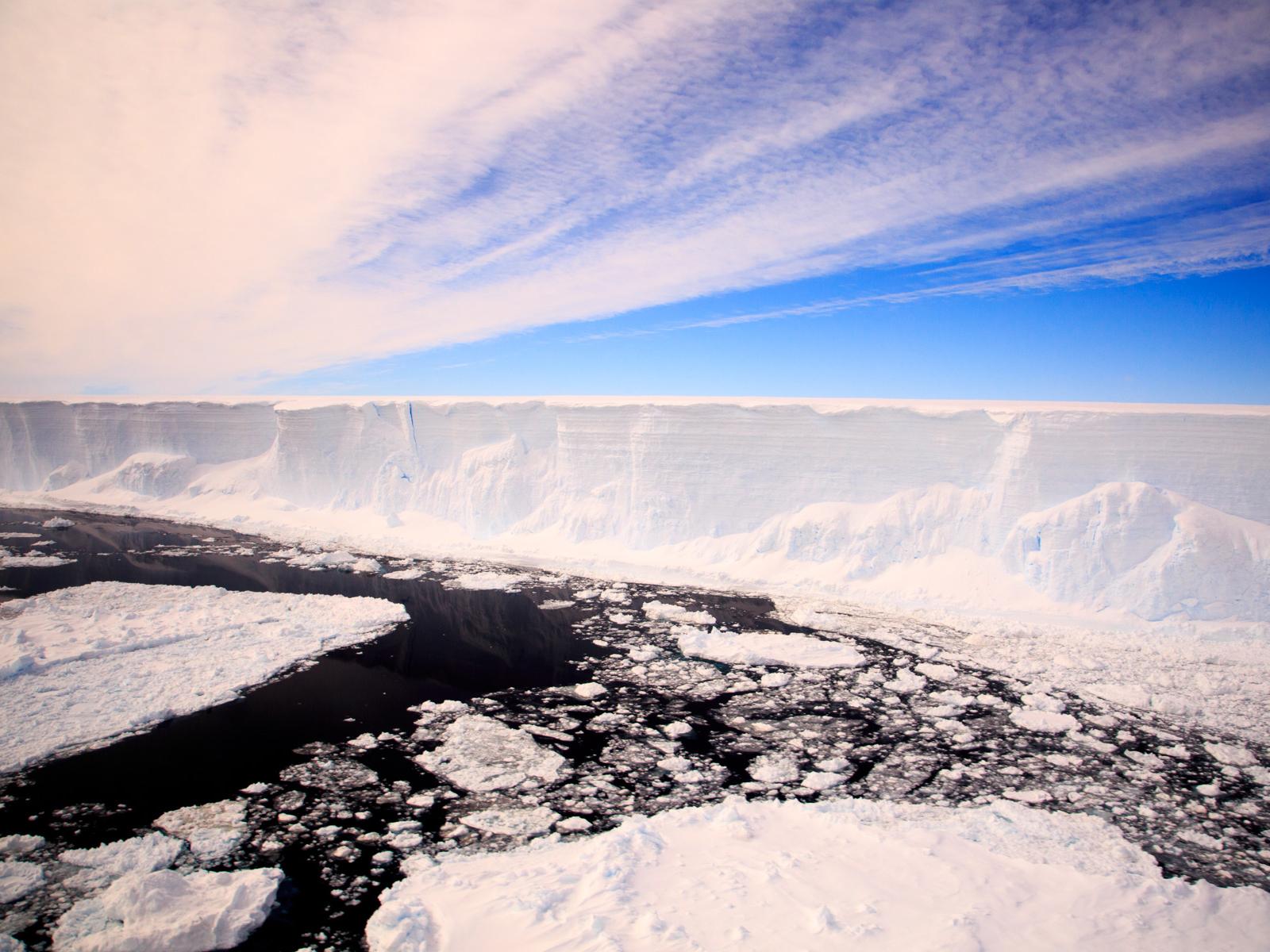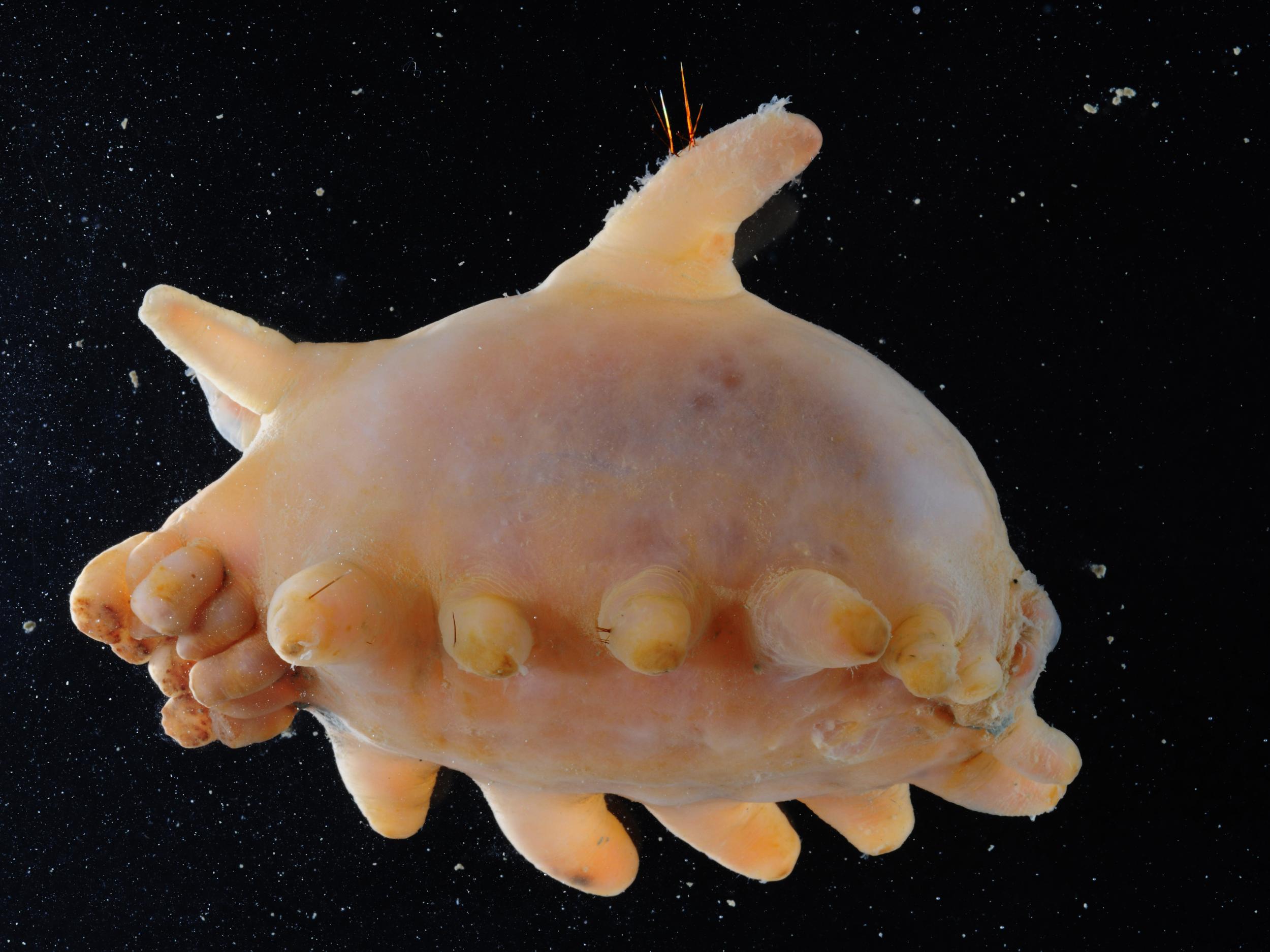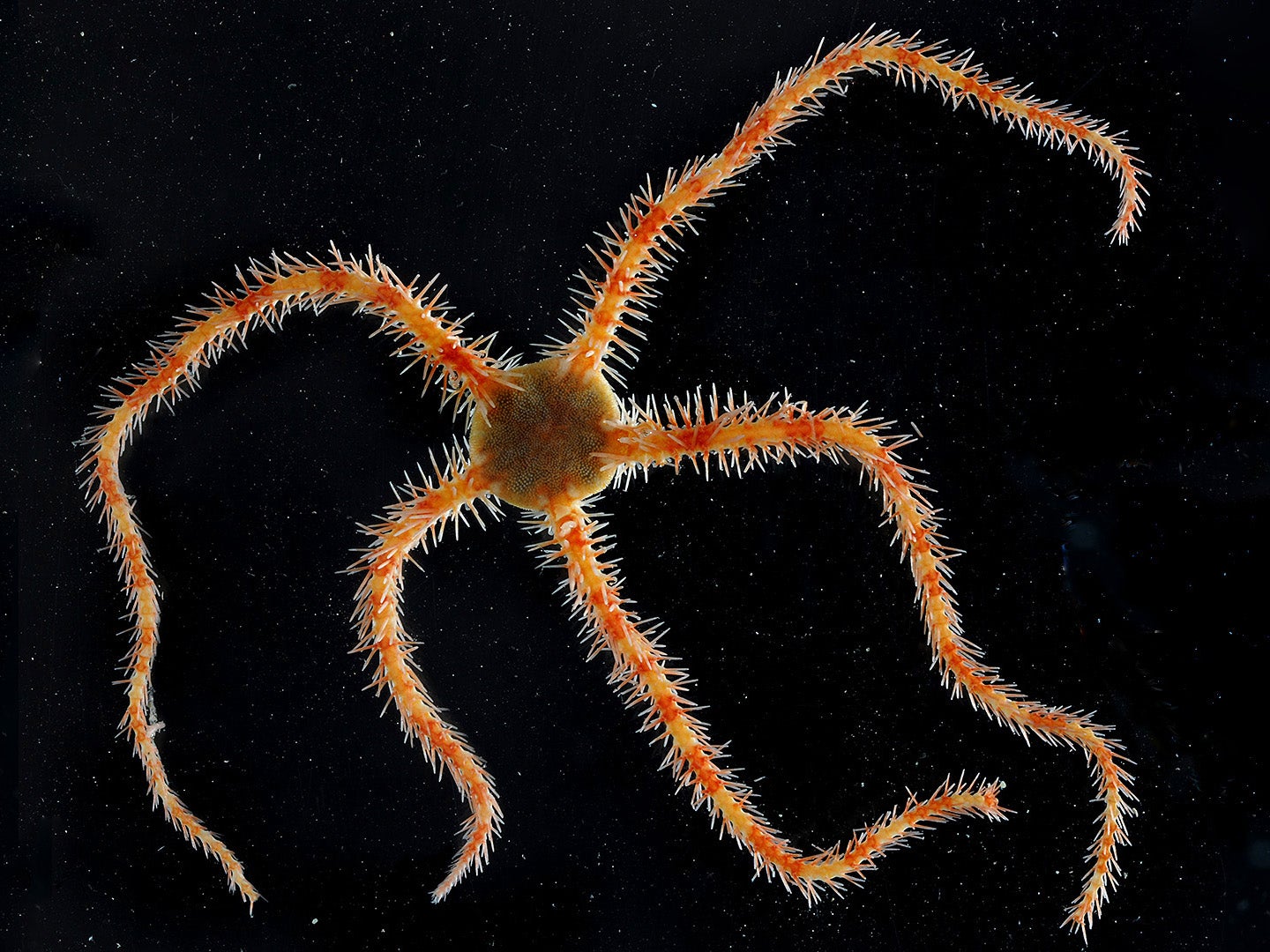Mysterious marine ecosystem hidden beneath Antarctic for 120,000 years to be explored by scientists
Sea bed revealed by breaking ice shelf could be home to array of previously undiscovered creatures

A team of scientists is setting off to Antarctica to explore a region that has been covered by ice for thousands of years.
When an iceberg known as A68, which is four times the size of London, broke away from the Larsen Ice Shelf in July 2017, it exposed an alien world on the seabed that has never before been studied by scientists.
This provides researchers with a unique opportunity to study an ecosystem nearly 6000 square kilometres in size that has been hidden for up to 120,000 years.
“We don’t know anything about it, it has been covered by an ice shelf that is several hundred metres thick,” Dr Katrin Linse, a marine biologist at the British Antarctic Survey (BAS) who is leading the mission, told The Independent.

“It’s important we get there quickly before the undersea environment changes as sunlight enters the water and new species begin to colonise.
“We’ve put together a team with a wide range of scientific skills so that we can collect as much information as possible in a short time. It’s very exciting.”
The team will leave their base in the Falkland Islands in late February to spend three weeks aboard a research vessel, the RRS James Clark Ross.
Such is the treacherous nature of the icy Antarctic waters that satellite monitoring will be required to enable the ship to navigate its way to the remote location.
“We need to be bold on this one,” said Professor David Vaughan, science director at BAS.
“Larsen C is a long way south and there’s lots of sea ice in the area, but this is important science, so we will try our best to get the team where they need to be.”

Past research has hinted at life below the ice. Scientists on the Australian side of the Antarctic drilled a small hole and inserted a camera down below the shelf.
On the small portion of the sea floor they examined they saw a brittle star – a relative of starfish.
“So we know there is life, but we don’t know what type,” said Dr Linse.
“We might have species we don’t know at all that have adapted to living in a low-food environment.
“This is why we want to get there now.”
The scientists are concerned that as the year progresses and sunlight hits the water it will be colonised by phytoplankton – tiny creatures that use sunlight for sustenance.
As these organisms will not have been present in the ecosystem before, their appearance will trigger a cascading effect up the food web and will cause fundamental changes to the type of creatures found in the previously untouched ecosystem.
The researchers will investigate the exposed area previously underneath A68 by collecting animals, microbes, plankton, sediments and water samples. In doing so, they will build up a picture of what life under the shelf was like, so that any future changes can be tracked.
The area exposed by the separating ice sheet is the first to benefit from an international agreement set out specifically to protect newly exposed marine regions, making them Special Areas for Scientific Study.
Besides studying the life inhabiting the region, the team includes climate scientists who are aiming to establish whether or not the breaking apart of the Larsen Ice Shelf was induced by climate change.
This will enable them to predict the future stability of the Antarctic region under climate change.
“The calving of A68 offers a new and unprecedented opportunity to establish an interdisciplinary scientific research programme in this climate sensitive region,” said Professor Vaughan.
“Now is the time to address fundamental questions about the sustainability of polar continental shelves under climate change.”
Join our commenting forum
Join thought-provoking conversations, follow other Independent readers and see their replies
Comments
Bookmark popover
Removed from bookmarks